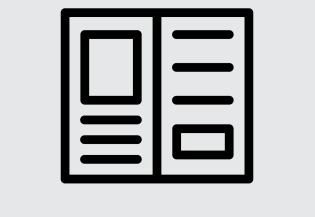This website has been translated with Deepl - the world's most accurate translator
Information for use and maintenance of web lashing for correct use as described in European Norm EN 12195-2.
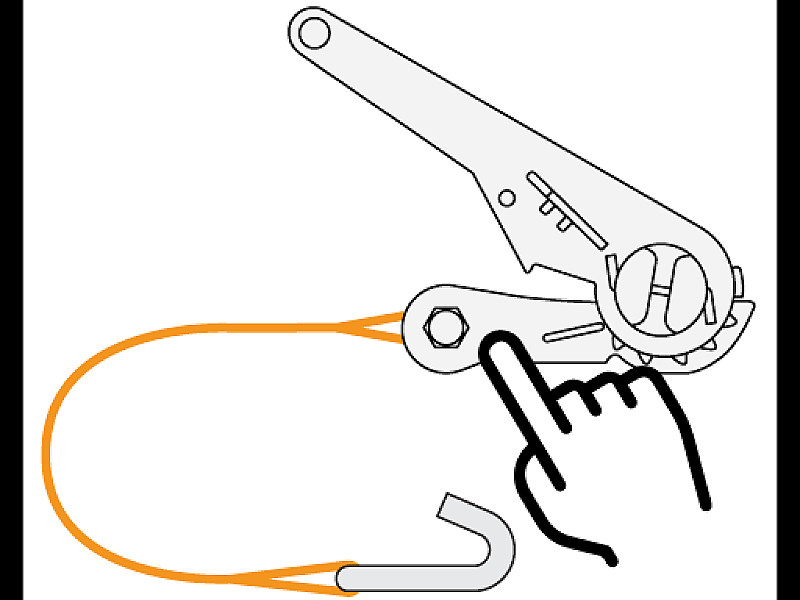
1. Selecting web lashings
In selecting and using web lashings, consideration shall be given to the required lashing capacity, taking into account the mode of use and the nature of the load to be secured. The size, shape and weight of the load, together with the intended method of use, transport environment and the nature of the load will affect the correct selection.
For stability reasons free-standing units of load have to be secured with a minimum of one pair of web lashings for frictional lashing and two pairs of web lashing for diagonal lashing.
2. Planning and calculating
The selected web lashings shall both be strong enough and of the correct length for the mode of use. Basic lashing rules:
- Plan the fitting and removal operations of lashing before starting a journey;
- Keep in mind that during journeys parts of the load may have to be unloaded;
- Calculate the number of web lashings according to EN 12195-1:2011 and AC:2014;
- Only those web lashings designed for frictional lashing with STF on the label are to be used for frictional lashing;
- Check the tension force periodically, especially shortly after starting the journey.
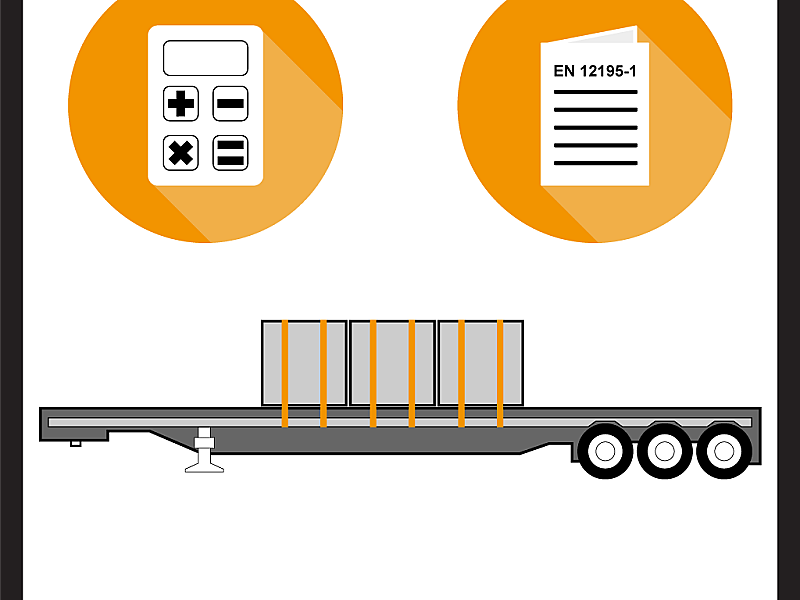
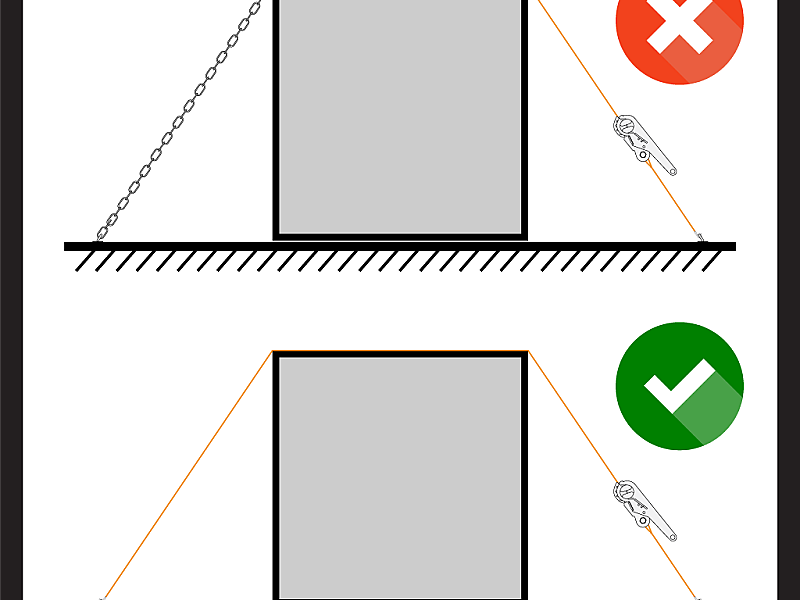
3. Combination of equipment
Because of different behaviour and elongation under load conditions, different lashing equipment (e. g. lashing chain and web lashings) shall not be used to lash the same load. Consideration shall also be given to ancillary fittings (components) and lashing devices in the load restraint assembly are compatible with the web lashing.
4. Flat hooks
During use flat hooks shall engage over the complete width of the bearing surface of the hook.
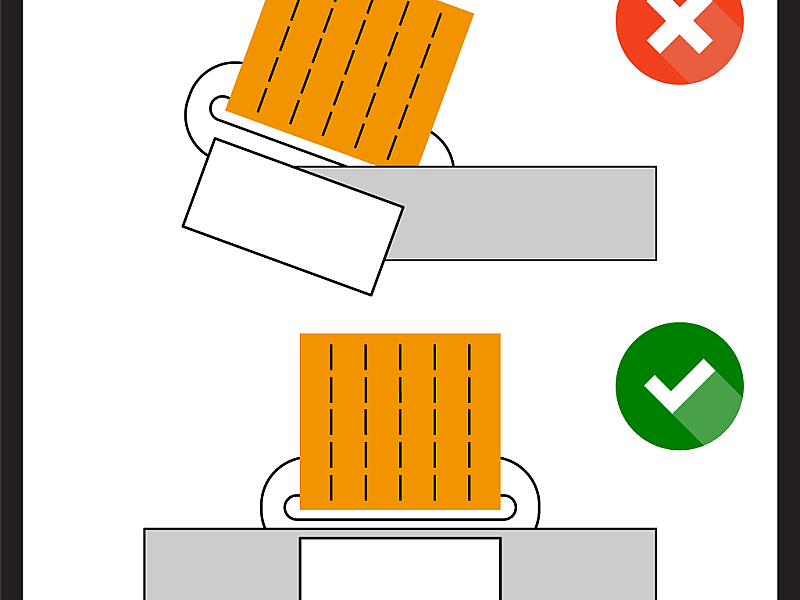
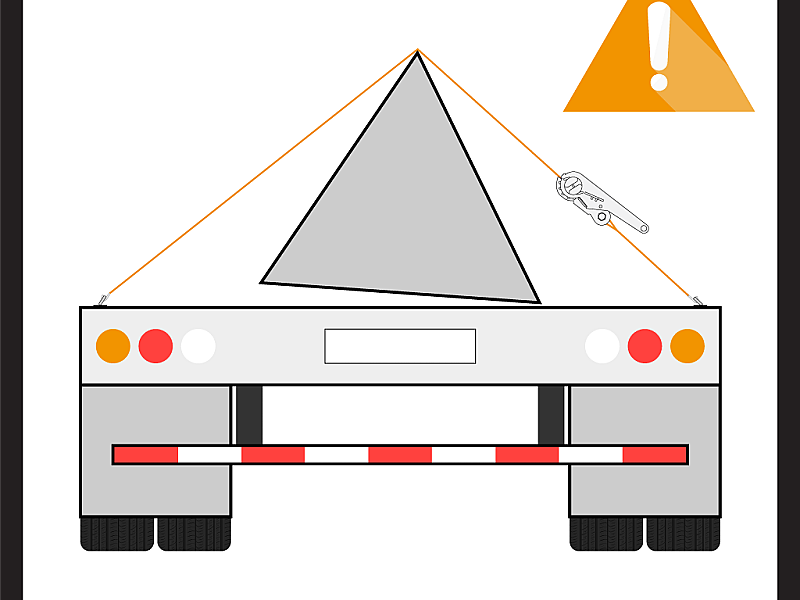
5. Releasing web lashings
Release of the web lashing: Care should be taken to ensure that the stability of the load is independent of the lashing equipment and that the release of the web lashing shall not cause the load to fall off the vehicle, thus endangering the personnel.
If necessary, attach lifting equipment for further transport to the load before releasing the tensioning device in order to prevent accidental falling and/or tilting of the load. This applies as well when using tensioning devices which allow controlled removal.
6. Clearing the load platform
Before attempting to unload a unit of load its web lashings shall be released so that it can be lifted freely from the load platform.
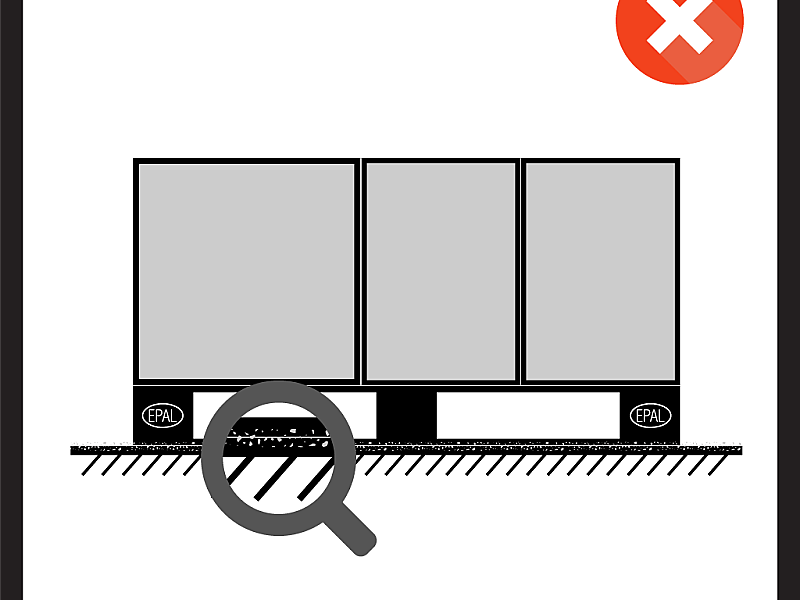
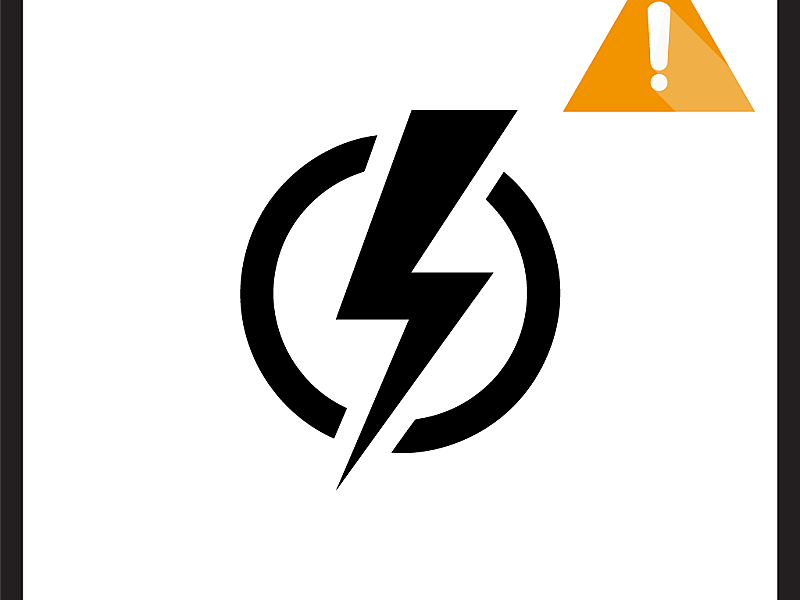
7. Caution of powerlines
During loading and unloading attention has to be paid to proximity of any low overhead power lines.
8. Resistance to chemicals
The materials from which web lashings are manufactured have a selective resistance to chemical attack. Seek the advice of the manufacturer or supplier if exposure to chemicals is anticipated. It should be noted that the effects of chemicals may increase with rising temperature. The resistance of man-made fibres to chemicals is summarized below.
- Polyester is resistant to mineral acids but is attacked by alkalis.
- Solutions of acids or alkalis which are harmless may become sufficiently concentrated by evaporation to cause damage. Take contaminated webbings out of service at once, thoroughly soak them in cold water, and dry naturally.
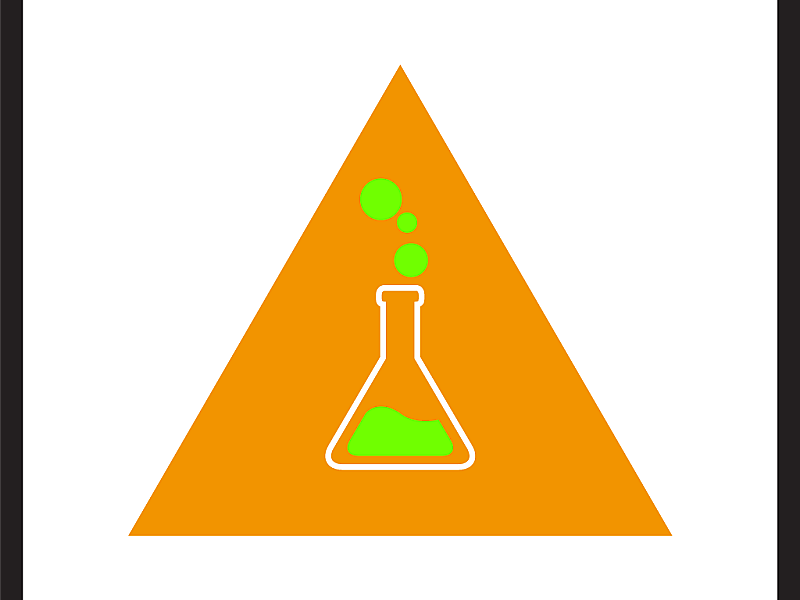
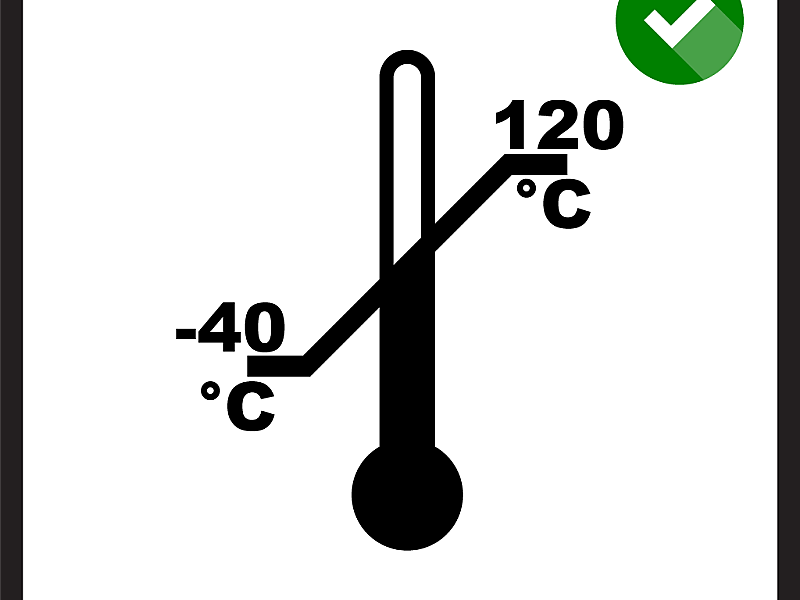
9. Temperature ranges
Web lashings complying with this Part of EN 12195 are suitable for use in the following temperature ranges:
– 40 °C to + 120 °C for polyester (PES).
These ranges may vary in a chemical environment. In that case the advice of the manufacturer or supplier shall be sought. Changing the environmental temperature during transport may affect the forces in the web lashing. Check the tension force after entering warm areas
10. Signs of damages
Web lashings shall be rejected or returned to the manufacturer for repair if they show any signs of damage. The following criteria are considered to be signs of damage:
- Only web lashings bearing identification labels shall be repaired;
- If there is any accidental contact with chemical products, a web lashing shall be removed from service and the manufacturer or supplier shall be consulted;
- for web lashings (to be rejected): tears, cuts, nicks and breaks in load bearing fibres and retaining stitches; deformations resulting from exposure to heat;
- for end fittings and tensioning devices: deformations, splits, pronounced signs of wear, signs of corrosion.
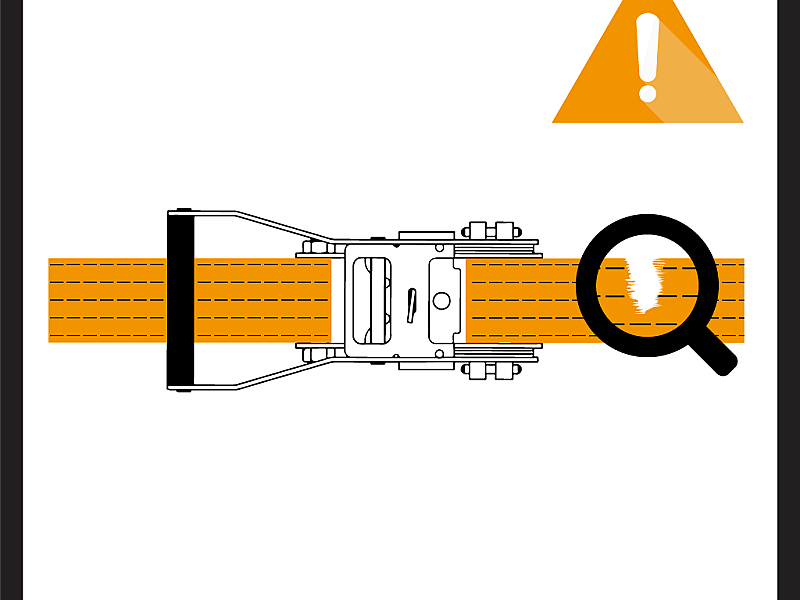
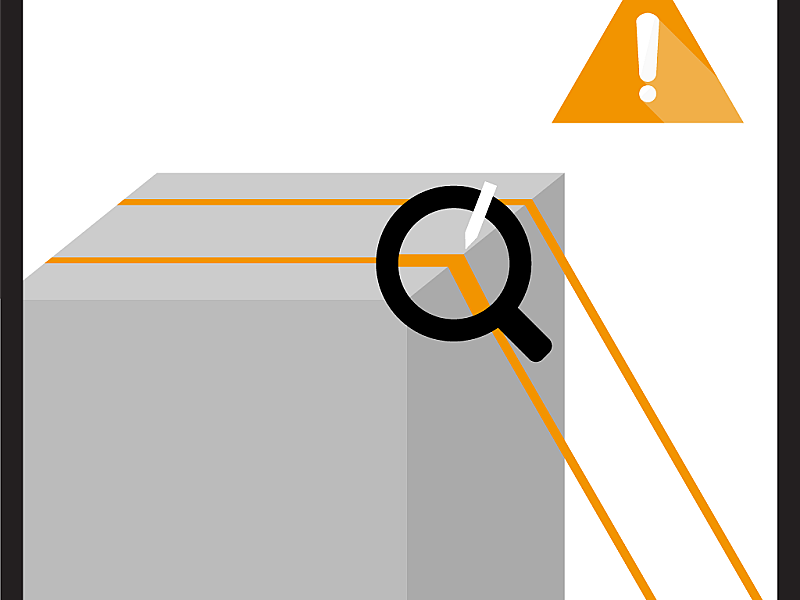
11. Sharp edges & visual inspection
Care should be taken that the web lashing is not damaged by the sharp edges of the load on which it is used.
A visual inspection before and after each use is recommended.
12. Labels
Only legibly marked and labelled web lashings shall be used.
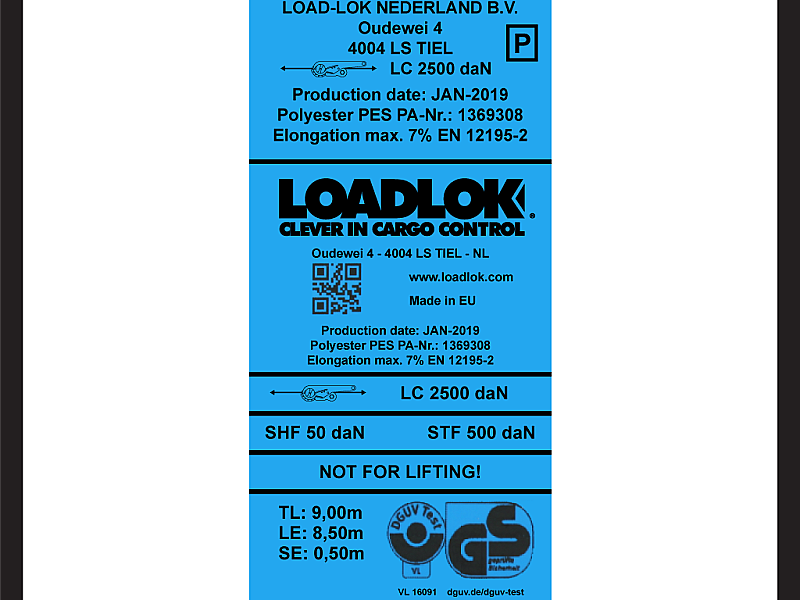

13. Overloading
Web lashings shall not be overloaded: Only the maximum hand force of 500 N (50 daN on the label; 1 daN » 1 kgf) shall be applied.
Mechanical aids such as levers, bars etc. as extentions are not to be used unless they are part of the tensioning device.
14. No knotted lashings
Web lashings shall never be used when knotted.
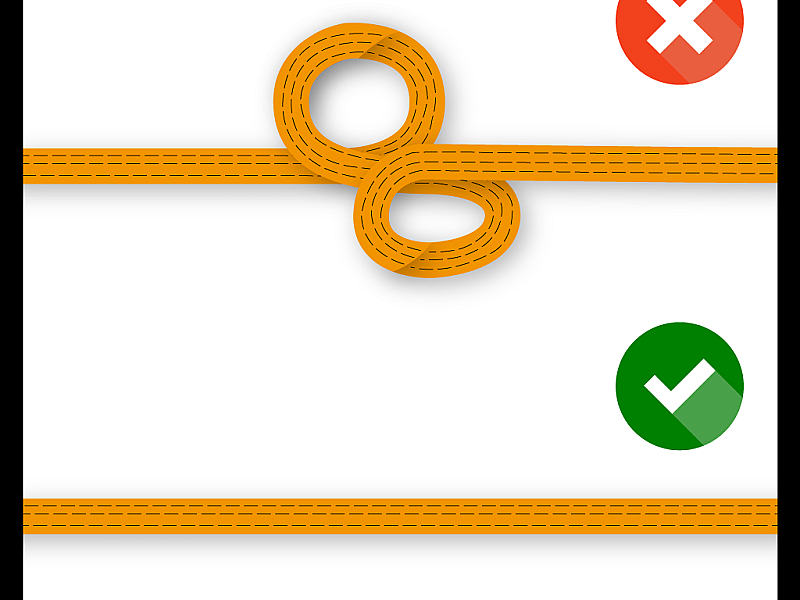
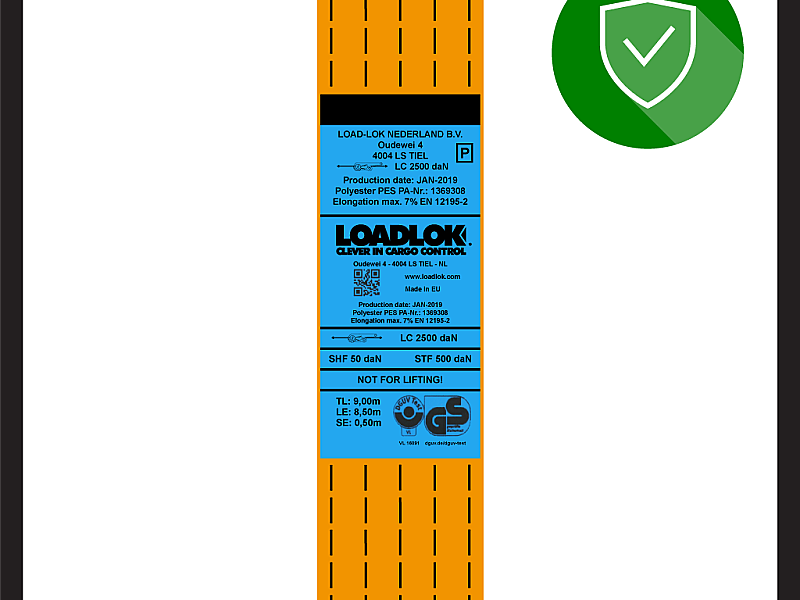
15. Protecting labels
Damage to labels shall be prevented by keeping them away from sharp edges of the load and, if possible, from the load.
16. Webbing protection
The webbing shall be protected against friction, abrasion and damage from loads with sharp edges by using protective sleeves and/or corner protectors.
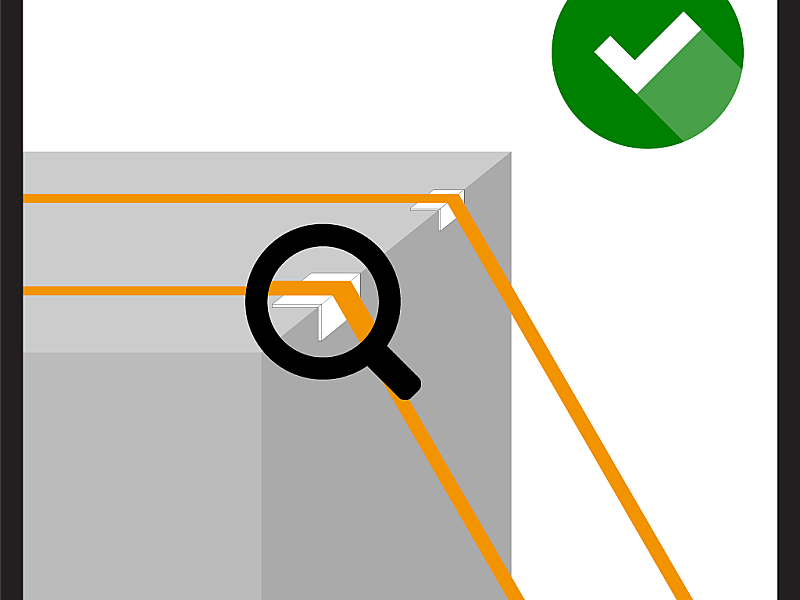
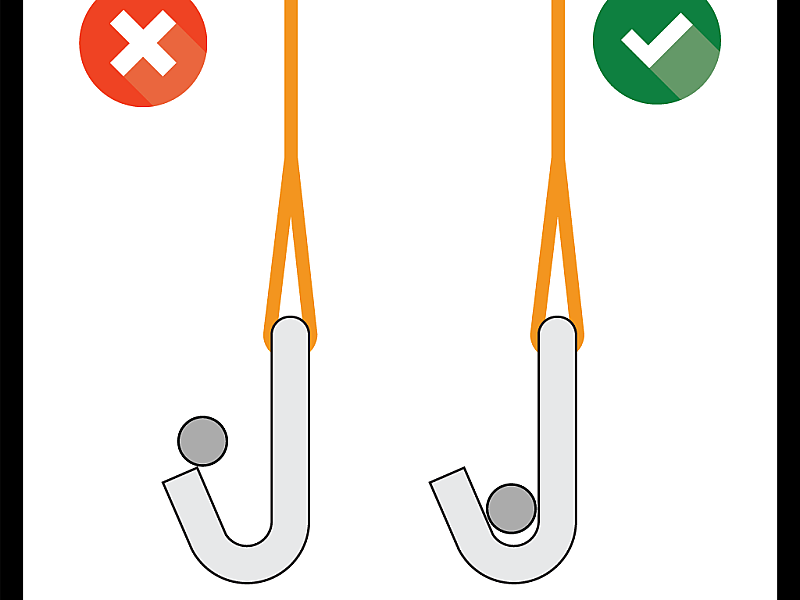
17. Right forces
Forces shall be evenly divided over the equipment.
The latest in cargo control:
View all items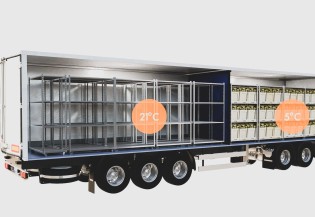
IsoLok Downloads
Find every download related to IsoLok: User Manuals, Mounting Instructions, Product Information and Brochure.
Read more
Securing cargo with new range of FreightLok Separation & Shoring Nets
As a transport company, you know that ensuring the safety of your cargo is evident —not just for operational efficiency but also to comply with regulations.
Read more